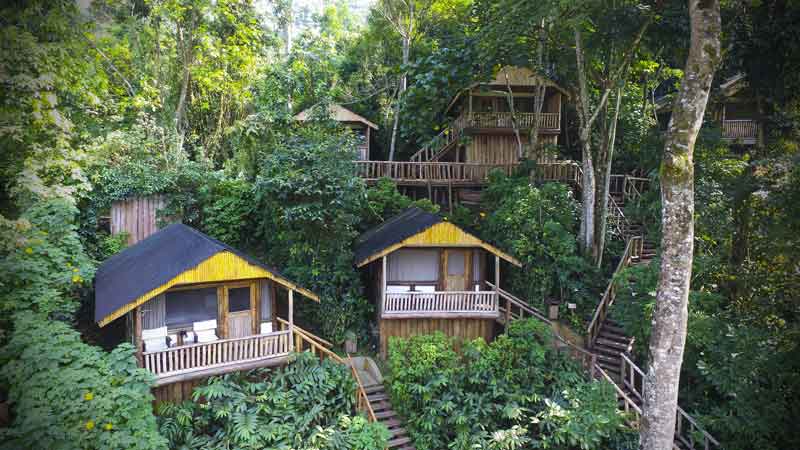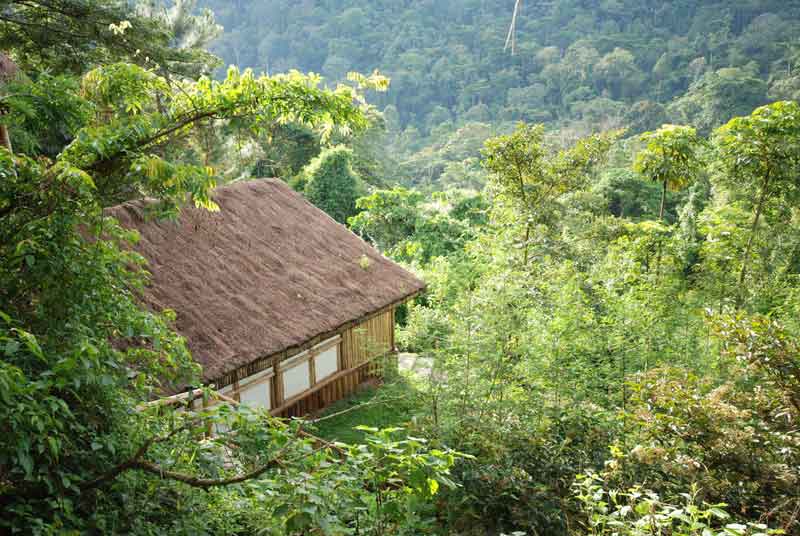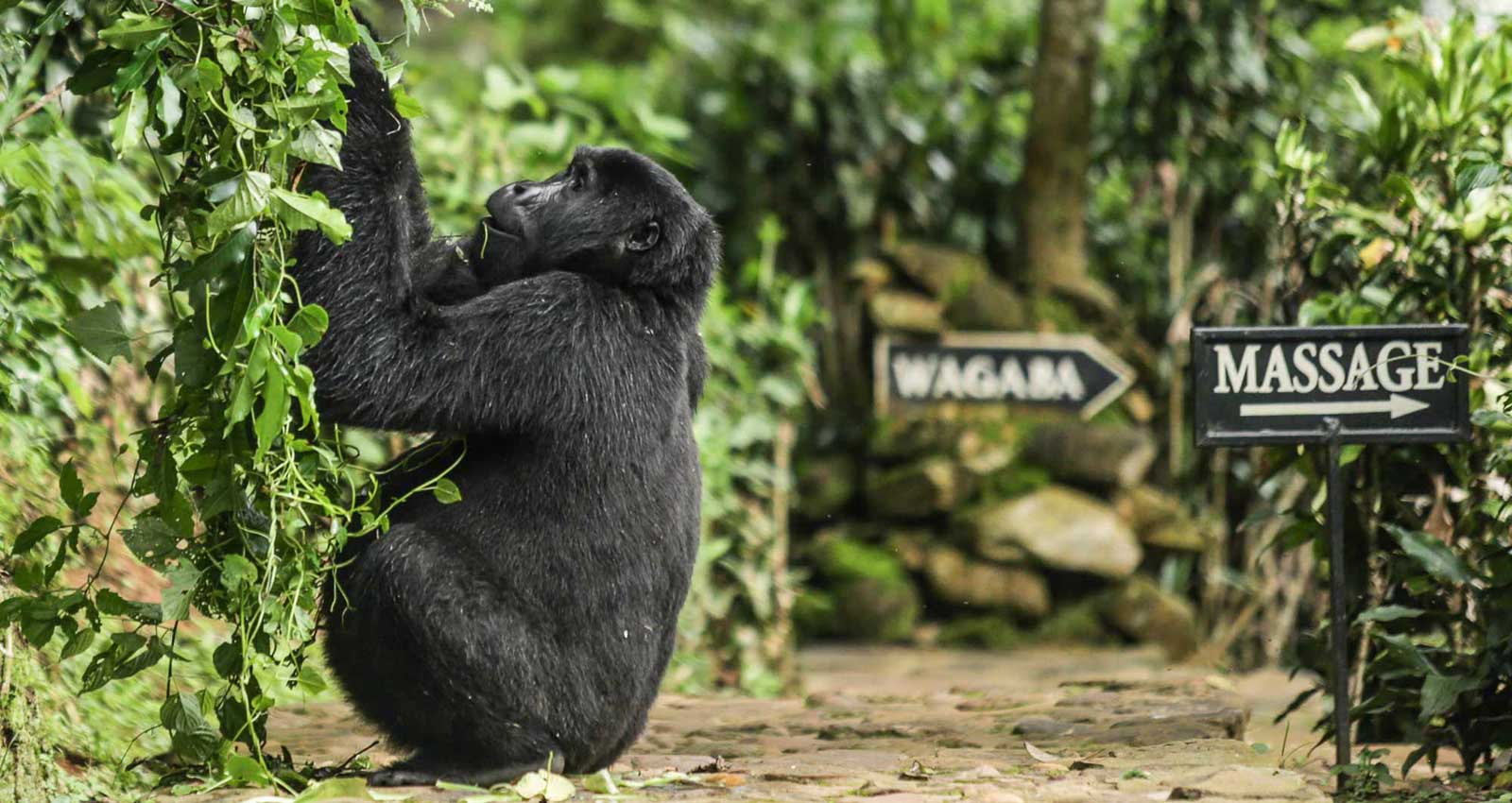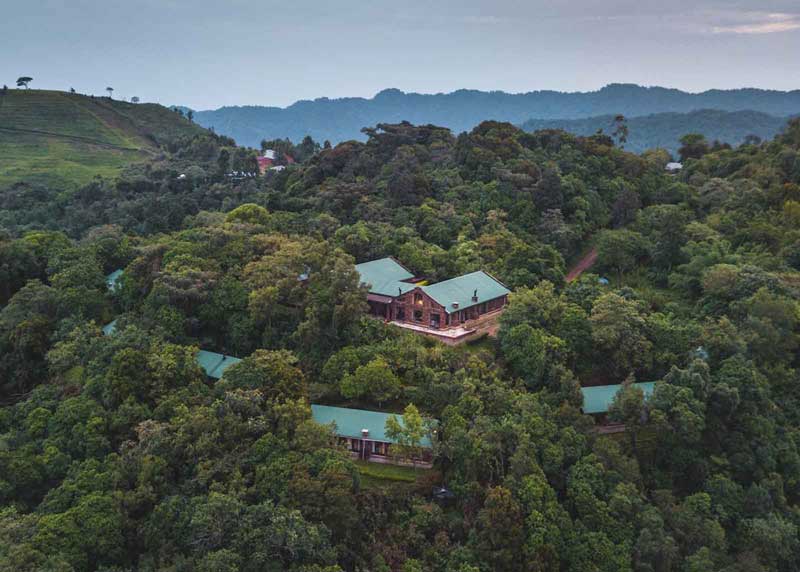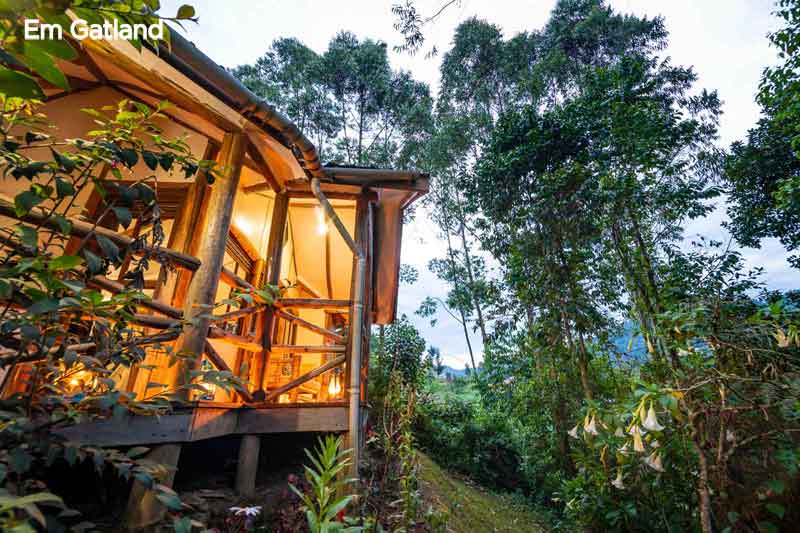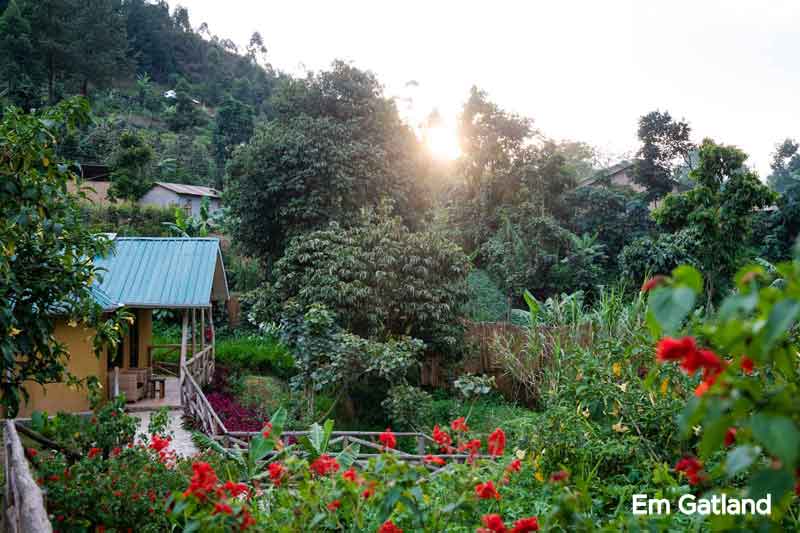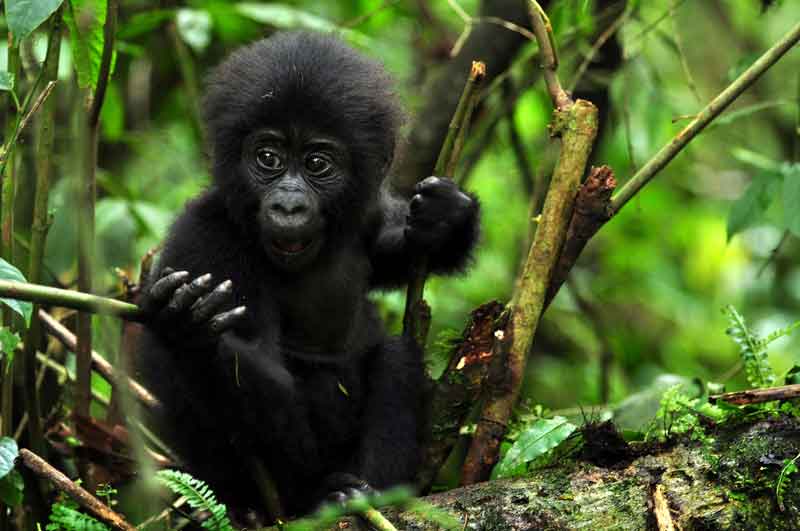A recent census of the wild mountain gorillas of Uganda’s verdant Bwindi Impenetrable National Park and the neighbouring Sarambwe Reserve in DR Congo revealed positive statistics with regards to primate numbers. These gorillas once faced extinction due to habitat loss, hunting, disease and natural threats. Wild mountain gorillas live in the rainforests of Uganda, DRC and Rwanda and are currently facing a bright future thanks to conservation efforts and funds made from gorilla trekking permits.
Thanks to over 30 years of conservation efforts, gorilla numbers have now increased. A census of the mountain gorillas living in Bwindi Impenetrable National Park of Uganda and Sarambwe wildlife reserve of DRC revealed an increase from 400 to 459 gorillas from the last census.
The census covered an area of 340 km2, where 459 individual gorillas were found in 50 groups and 13 solitary individuals. A team of conservationists, rangers and scientists formed part of the survey teams that had the arduous task of tracking gorillas, counting and collecting genetic data over a period of time spanning March – May 2018 and October – December 2018.
Coupled with current numbers of mountain gorillas living in Rwanda and Congo’s Virunga mountains (over a 5 year period there was an increase from 480 – 404 individuals), the number of mountain gorillas have escalated to 1 063. Fantastic news for our wild mountain gorilla population. With the involvement of multiple stakeholders, governments and increase in gorilla trekking tourism; we should see this number increase hope to see this number increase in the future.
Do come gorilla trekking in Uganda’s Bwindi region – your money from the gorilla permits and support of these treks gets put straight back into education and conservation of these enthralling primates.
We recommend these Ugandan gorilla trekking lodges :
- Luxury and eco-friendly Clouds Mountain Gorilla Lodge
- The contemporary Bwindi Lodge
- The authentic Gorilla Safari Lodge on the outskirts of Bwindi Impenetrable Forest.
* “The survey was conducted by the Protected Area Authorities of Uganda and DRC (Uganda Wildlife Authority and l’Institut Congolais pour la Conservation de la Nature, respectively) under the framework of the Greater Virunga Transboundary Collaboration with support from Rwanda Development Board and many other partners and donors.” *
